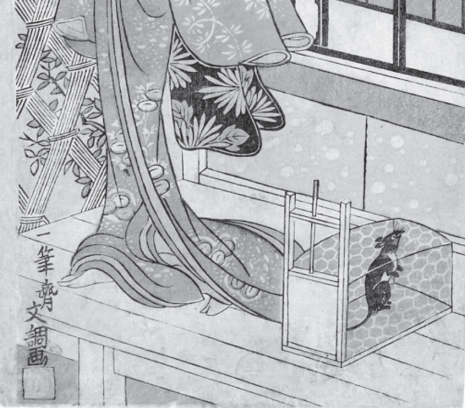Gray Color in Japanese Culture during Edo Period
DOI:
https://doi.org/10.69598/sbjfa240971Keywords:
Gray Color, Nezumi Iro, Edo period, Smart, Iki, ambiguous, AimaiAbstract
Color is one of the most important elements in creating arts in every culture. The characteristics of color and its utilization during a specific course of history contribute to the prominent features of each epoch. Japan in Edo period too created certain characteristics of color that were necessarily developed from various social constraints. For example, a strict rule of preserving bright colors namely red, violet, yellow etc., for only upper-class people encouraged artisans to create a various tones of gray color for lower-class people considered as the majority of society. The gray color in Edo period thus was diversified into a numerous tones applying to different types of clothes. Another factor playing a vital role in developing the certain characteristics of the epoch was the desire of city men to have a ‘cool’ looking. The men in Edo period committed themselves to a social group expressing a certain ideal. Each group created a specific design and color in order to differentiate itself from other social groups. This cool design became one of Japanese tastes for design and art, which continue until the present day. The empirical evidence of this development could be seen in modern design as well.
Downloads

Downloads
Published
How to Cite
Issue
Section
License
The journal's editorial team does not have to agree with the views and comments in the author's article, nor are they responsible for the comments.











